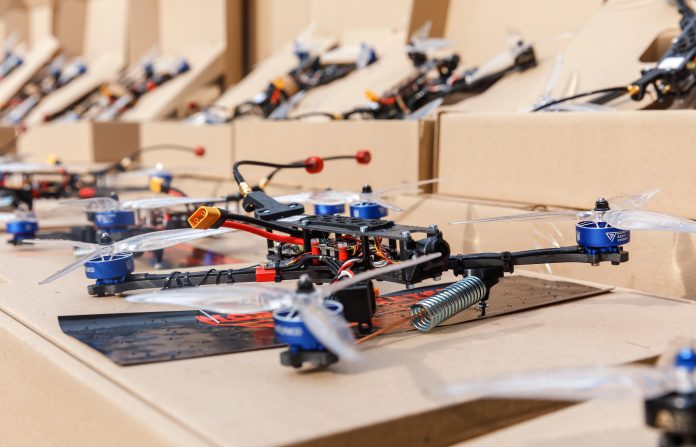
“We go on demilitarizing Russia in every way possible,” announced Ukraine’s Ivan Franko Group following a precision drone strike deep within Russian-controlled territory in May 2025. The target was not a front-line tank, but an armored recovery vehicle the type of equipment armies depend on to keep their armor fleets rolling. The attack was filmed in dramatic combat footage, a graphic illustration of how battlefields are being redefined from the skies.
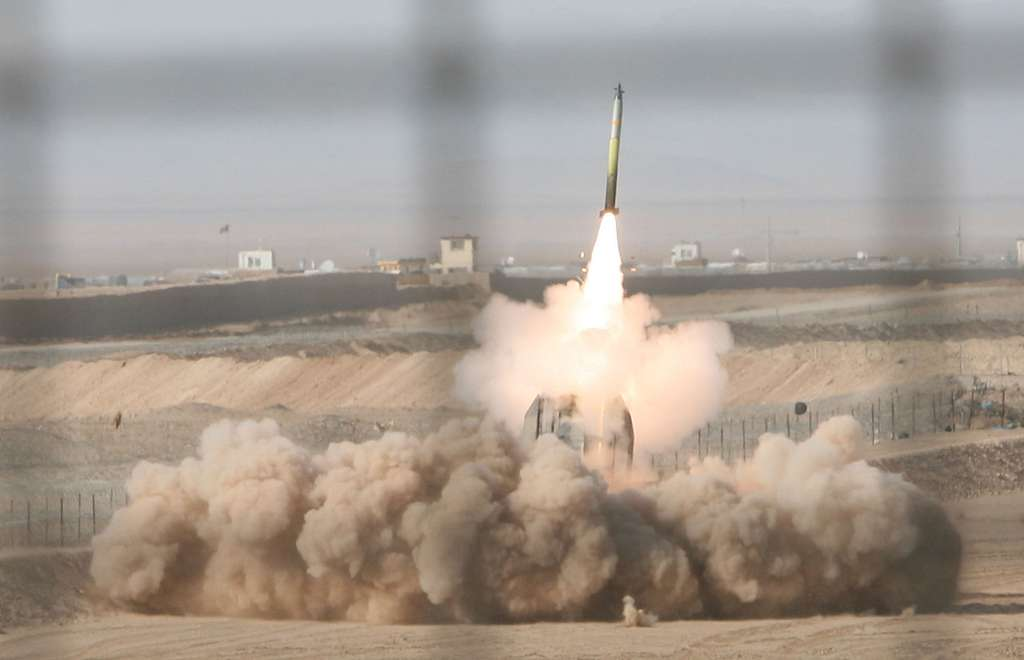
This was not a one-time event. From the air over Donetsk to the tarmacs of Russian airfields thousands of miles from Ukraine, unmanned systems are rewriting half-century-old doctrine regarding survivability, logistics, and the distance of precision strikes. The new world is that no asset, no matter how well protected or distant from the front, can be counted on to be secure.
The following pages delve into the most dramatic lessons of Ukraine’s ongoing drone campaign from the weaknesses of specialized armored vehicles to the emergence of AI-guided weaponry and how these changes are compelling military forces to reexamine the building blocks of war.
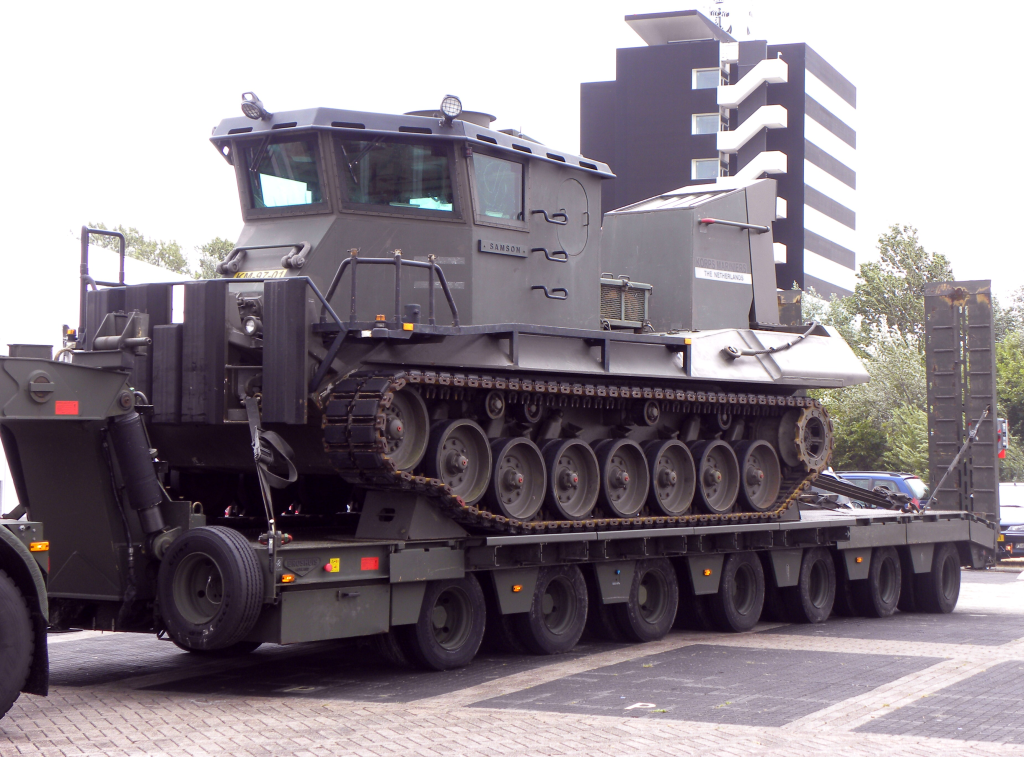
1. Targeting the Armored Lifeline
In May 2025, Ukrainian drone pilots from the Ivan Franko Group spotted a Russian BREM armored recovery vehicle with a knocked-out tank in tow far behind the lines. Recovery vehicles such as the BREM-1M are the anonymous pillars of armored warfare, with cranes, winches, and dozer blades to recover disabled tanks in combat. But in this case, their thick armor provided no promise of security.
Video footage revealed multiple drones swooping down on the BREM from high altitude, taking advantage of its relative inaction during recovery missions. The group reported the vehicle was destroyed, including other equipment in the column. Whether or not the kill was verified, the psychological and logistical effect was apparent: incapacitating recovery vehicles debilitates a whole armored unit’s combat sustainability.
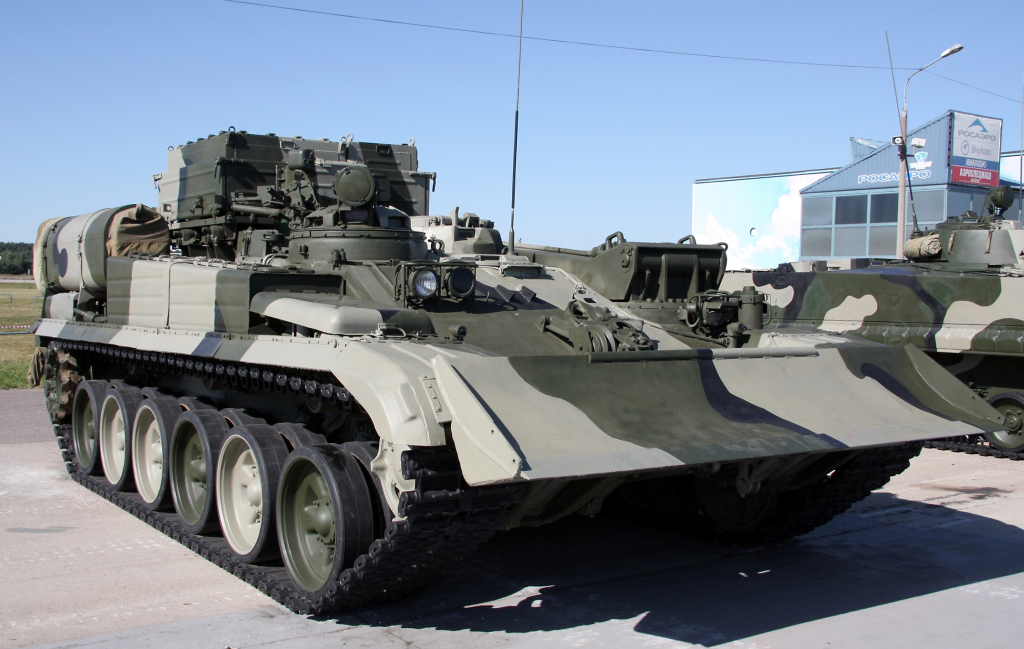
2. The Strengths and Weaknesses of the BREM-1M
The BREM-1M, received into Russian service in 2013, is constructed on the T-90 chassis and has the capacity to tow main battle tanks while providing some defensive capability with its 12.7mm machine gun. Its armor is optimized against small arms and even some anti-armor weapons, but the advent of top-attack drones has highlighted its weaknesses.
As Oryx’s visual tracking data indicates, Russia has lost more than 100 BREM-1s and 22 other variants since its invasion of Ukraine in February. With each loss, the logistics system is affected, slowing tank maintenance and lowering operational tempo.
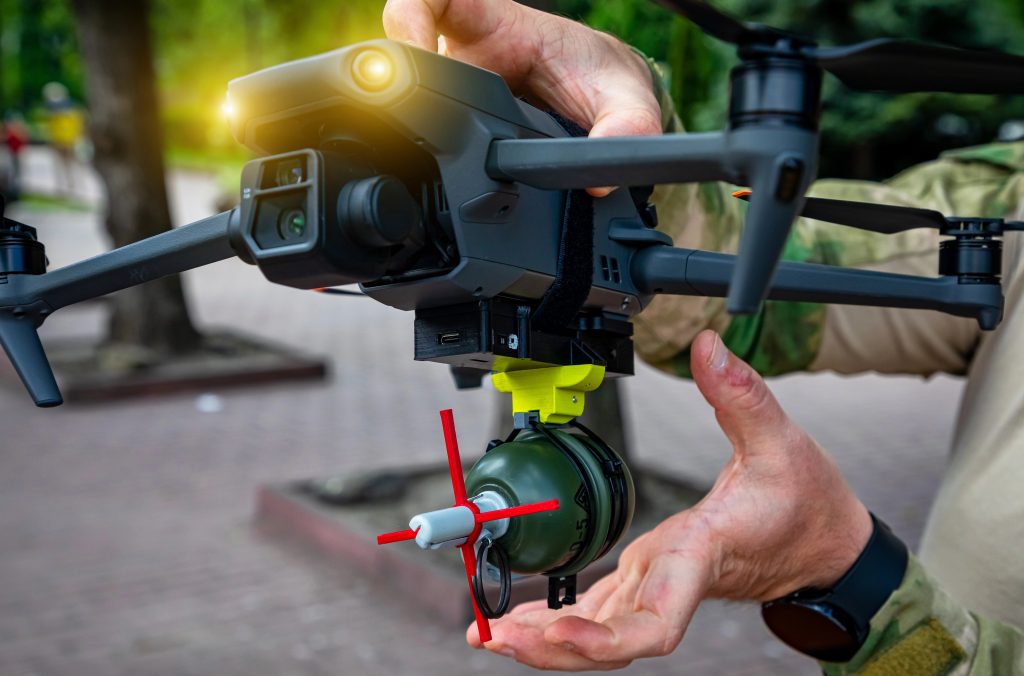
3. Armor Confronts the New Survivability Matrix
Cold War-era armor design focused on protection in the front against tank and missile attacks. The modern battlefield is three-dimensional, and threats come from above in the shape of FPV drones, loitering munitions, and precision artillery. According to survivability analyses, current protection now demands the layering: physical armor, explosive reactive armor (ERA), active protection systems (APS), electronic countermeasures, and tactical dispersion.
Even sophisticated systems have trouble keeping up with changing threats. Being survivable no longer means withstanding a hit it means evading one altogether through mobility, stealth, and networked protection.
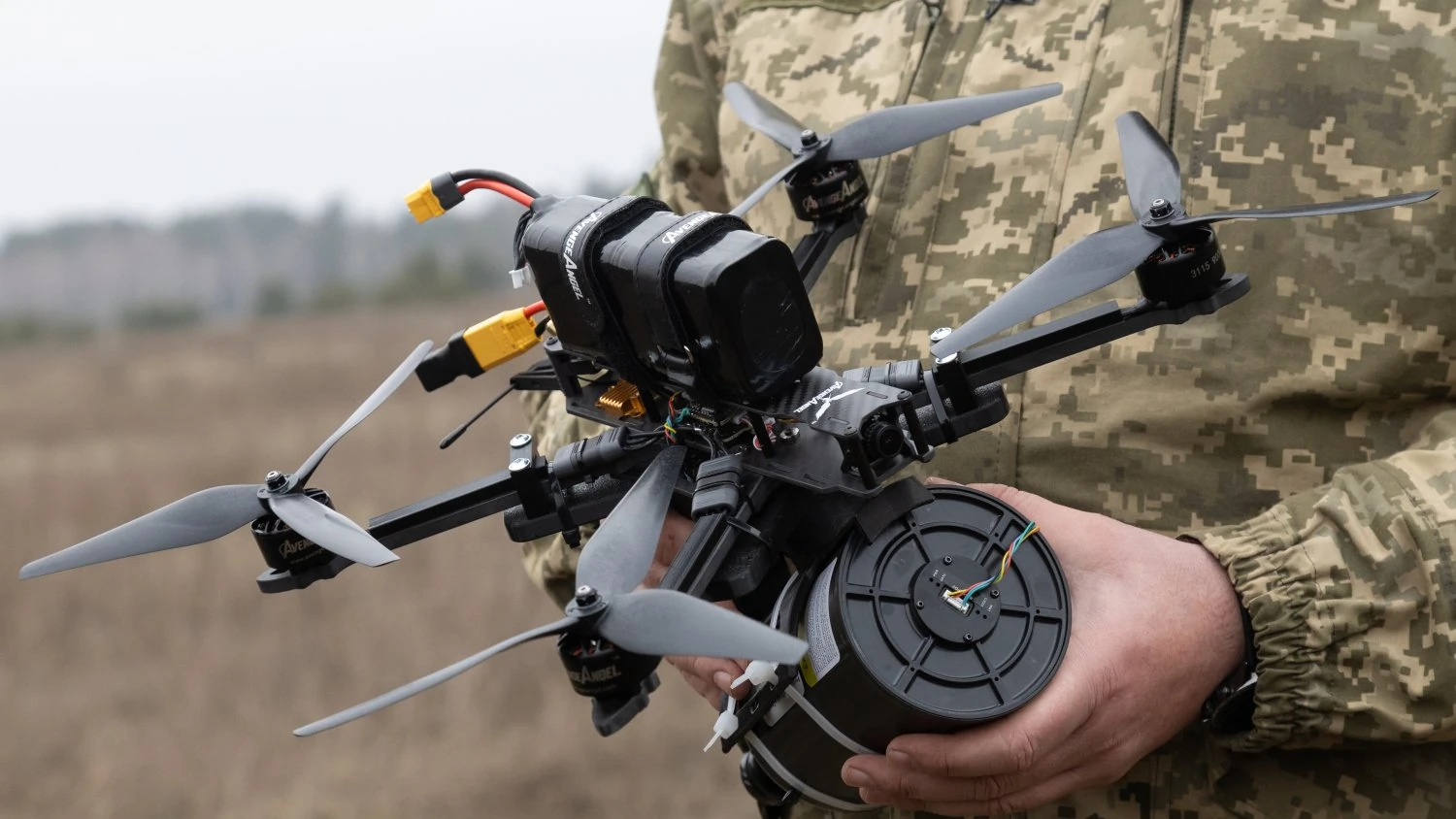
4. Ukrainian Drone Innovation at Speed
The Ukrainian drone program has progressed from repurposed commercial quadcopters to a colorful array of FPV attack drones, long-range drones, and AI-based platforms. At a CSIS event, Kateryna Bondar added that FPV attack drones may cost only $200 but can conduct precision attacks even in conditions of extensive electronic warfare.
Advancements include jam-proof fiber-optic controlled drones and “mothership” UAVs launching swarms. These technologies enable Ukrainian forces to attack sites hitherto deemed safe, tipping the cost-effect versus effect balance in their favor.
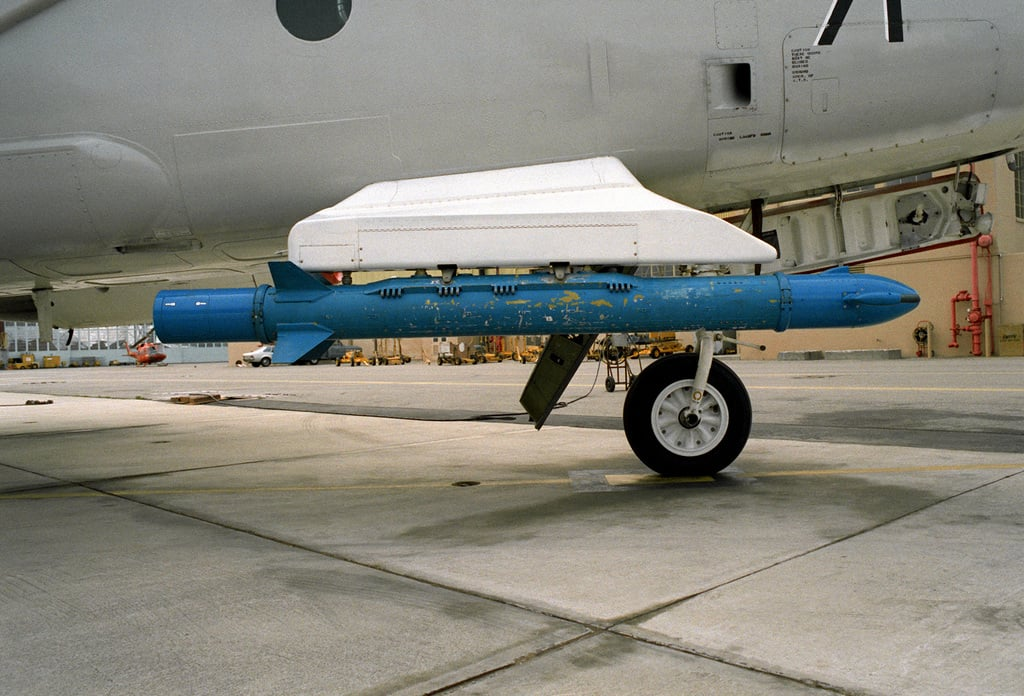
5. Russia’s Countermeasures and Their Limits
Russian troops have deployed electronic warfare capabilities such as Pole-21 and handheld jammers, registering intercept rates of 90% against some drones. However, swarm behaviors and fiber-optic guidance still cut through these defenses.
The asymmetry in cost is gruesome cheap drones compel Russia to spend expensive air defense missiles. Not only does this drain assets, it also makes it clear that retaliatory countermeasures usually trail by months of offense innovation.

6. Deep-Strike Operations Redefining Range
Ukraine’s June 2025 Operation Spider’s Web proved that even strategic assets far within Russia are not immune. By secretly sending 117 strike drones from inside Russian territory, Ukrainian forces destroyed or damaged over 40 aircraft, including Tu-95MS bombers and A-50 AWACS planes.
Post-op analysis put the estimate of Russia’s strategic cruise missile delivery platforms affected at 34%. The operation was based on deception, covert logistics, and AI targeting demonstrating that range no longer constitutes an effective defense.
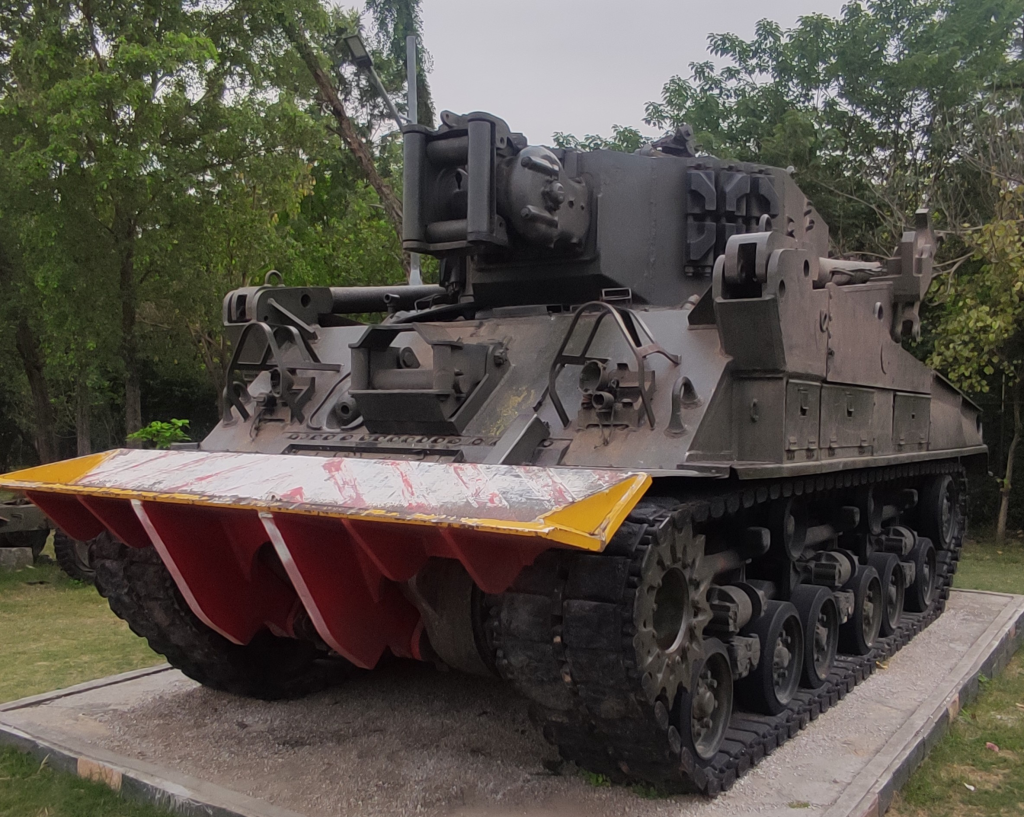
7. Logistics as a Battlefield
Targeting recovery tanks such as the BREM-1M is part of a larger Ukrainian strategy to interfere with the maintenance of Russian troops. As technical analyses point out, these tanks are essential in salvaging and repairing front-line armor. When they are lost, damaged tanks have to be left behind or destroyed, adding to attrition.
In contemporary war, the supply line is as contested as the front. Drones now act as both surveillance platforms and precision strike platforms in the rear, and hence the entire depth of the battlefield becomes an area of risk.
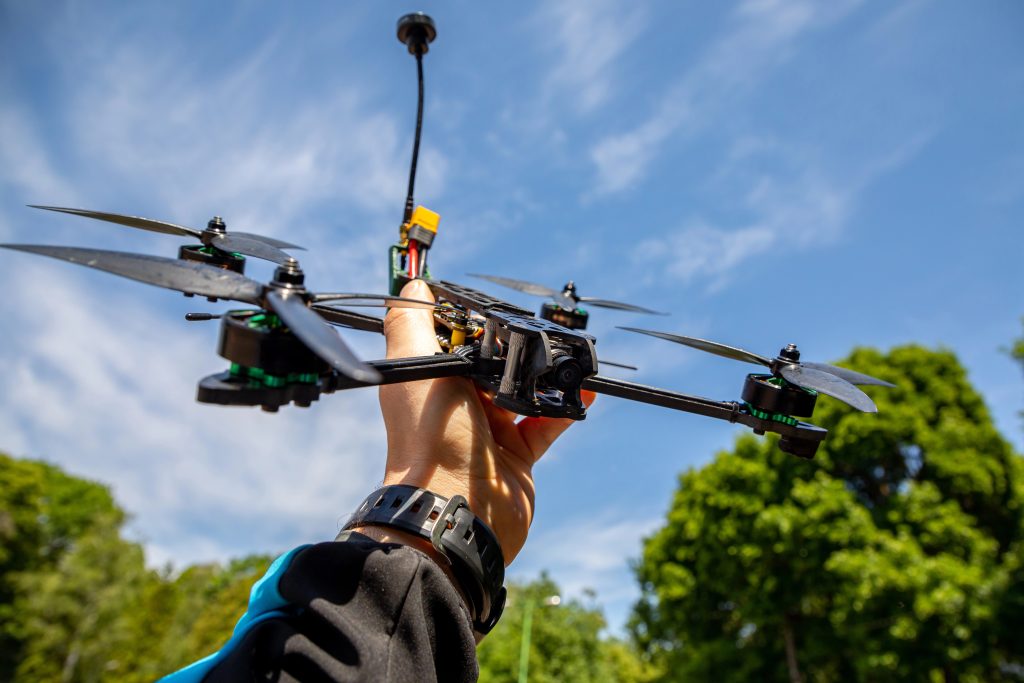
The May 2025 attack on a Russian BREM behind the lines was not just a tactical victory it was a case study in the ways in which low-cost, flexible technologies can undercut the benefit of heavy armor and deep logistics. As Ukrainian drones refine themselves in range, precision, and resistance to countermeasures, they are redefining survivability and reach. For war planners, the takeaway is stark in the age of drones, there is no part of the battlefield that is really behind the lines.
